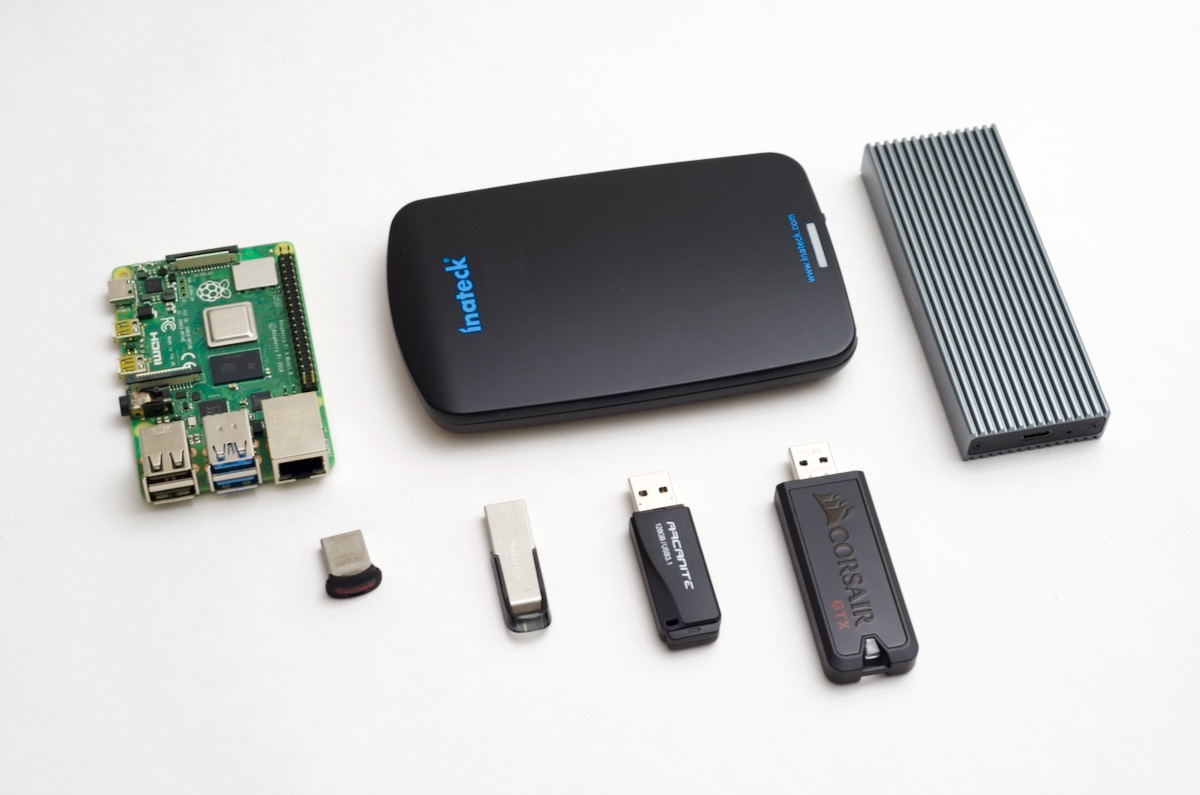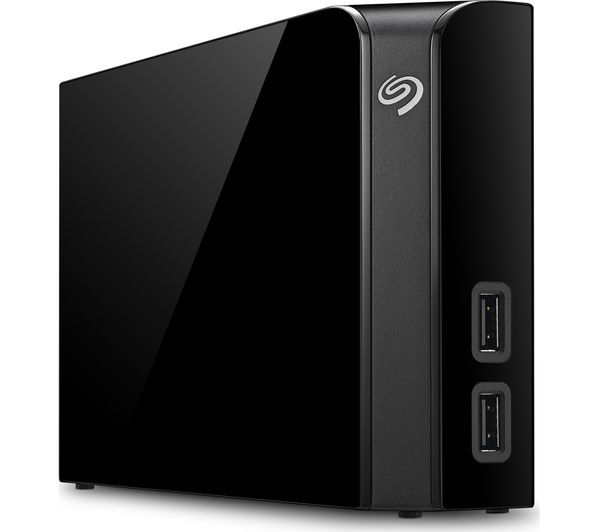

- Raspberry pi external hard drive read only how to#
- Raspberry pi external hard drive read only install#
- Raspberry pi external hard drive read only android#
- Raspberry pi external hard drive read only password#
Now we configure our shared folders properties in a new INI section. You can leave the other options at their default settings.
Raspberry pi external hard drive read only password#
In this case the “bad password” setting causes Samba to treat any login with a bad password as a guest login. The “map to guest” setting tells Samba when to treat a login attempt as a guest login. This can be any valid local user, but nobody is a good choice as they have very few permissions and it makes the configuration a little more secure (but not very). The “guest account” setting tells Samba which local Linux user to map the guest access to. By default Samba uses the Linux users as defined in the Linux password file. Local users can either be users managed by Linux, or users managed by Samba itself. Setting “security” to “user” means that Samba will try to authenticate a connection to a shared folder as a local user. In the section, under Authentication ensure you have the following settings: Open the /etc/samba/smb.conf file in your favourite editor (as root). This file is laid out like a windows INI file, with sections denoted by headers in square brackets, and configurations given as key-value pairs. This file contains configuration values for the smbd system service which will be managing your shared printers and folders, and deciding who gets access to them. Samba’s main configuration file can be found at /etc/samba/smb.conf. A more secure solution would be to configure samba to require passwords to access the shared folder. This is intended for simple home use only, where you are in the relative safety behind your broadband firewall. I would not recommend doing this on a corporate network, or on any computer which is going to be connecting to untrusted networks. By doing this you are allowing anybody on your network to read and write from your shared folder. In order to tell samba we want to log in without a password, we need to remove the password from the ‘nobody’ user with the following command (as root): smbpasswd -an nobody Nobody is a special guest user on Linux systems that has very little permissions, even less than a regular user.

In order to do this, we will be mapping the folder to the Linux guest user, nobody. I want to share my folder with anyone, and not need to supply a user name and password to access the folder.
Raspberry pi external hard drive read only install#
This will install samba, samba tools and any dependencies they need. To do this run as root (or use sudo): apt-get install samba samba-common-bin Step 1 – Install Sambaįirst we’ll need to install samba, if we don’t already have it.

If you are familiar with using shared drives on Microsoft Windows, then you’ll have a good idea of what Samba can provide in the Linux world. Samba is a system service available for Linux which allows for folder and printer sharing on the network. You can use this tutorial to share files in a similar way.
Raspberry pi external hard drive read only android#
I am doing this so I can share the media files I have on my external hard drive, and access them from many places on my network, such as my laptop, my android phone, and my Raspberry Pi running XBMC.
Raspberry pi external hard drive read only how to#
In this tutorial we will discuss how to share folders from that computer to your local network. In part one of our tutorial, we discussed how to mount an external hard drive or USB drive on to our Raspberry Pi (or any other Linux based) computer.


 0 kommentar(er)
0 kommentar(er)
